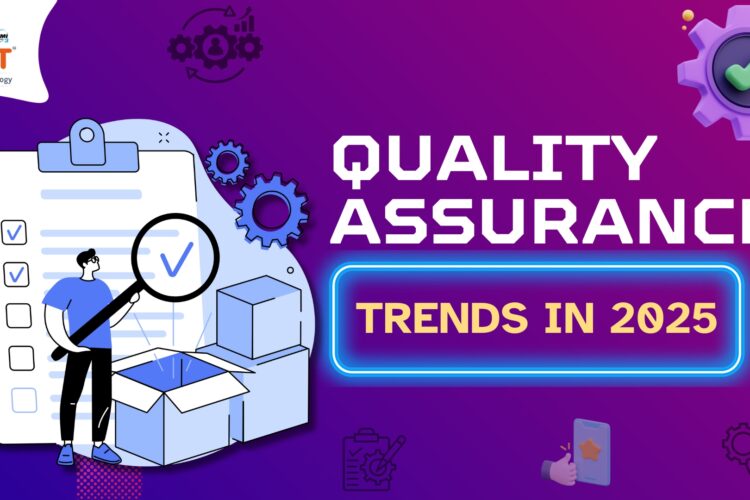
Introduction
The software product must undergo extensive testing before being introduced since any flaws that surface there run the danger of damaging the software’s reputation. There are several testing tiers, including end-to-end testing, unit testing, integration testing, and API testing. Organizations may decrease problems by implementing multi-level testing and ensuring flawless.
The growth of cloud apps and related platforms has made API testing essential. Many of the services we use on a daily basis rely on several interconnected APIs; as a result, even one API failure puts the entire service in danger. It has become crucial for software developers to run API tests to guarantee that APIs function as intended.
How do you choose the best API testing tool when today’s options might be overwhelming? We’ve put up a list of the top API testing tools to make your job go more quickly, so don’t worry. Before we look at the top 10 API testing tools in 2023, let’s go over the fundamentals of API testing one more.
What are API & API Testing?
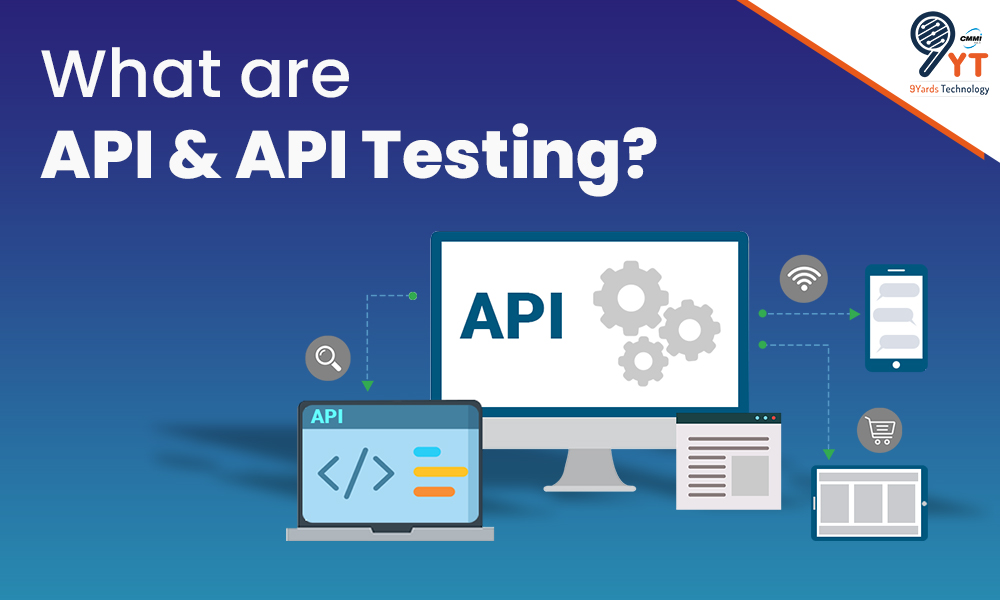
Application Programming Interface is referred to as API. Between the User Interface and the Database, it serves as a transitional layer. Data is communicated and exchanged across software systems via API.
Having a product that matches expectations is important to software companies. In that regard, API testing is crucial for integration testing since it helps determine if the business logic is followed correctly. As API testing is a complex subject, we cannot test it manually; instead, we need some API testing tools. In light of this, you should use the best API testing tools available.
In API (Application Programming Interface) testing, APIs are put to the test directly to see if they live up to particular expectations for the application’s functionality, performance, security, and dependability. API testing essentially looks for errors, contradictions, or departures from an API’s anticipated behaviour.
API tests are more focused on the Business logic layer of the software architecture than GUI (Graphical User Interface) testing is. They are not concerned with how an application looks or feels.
Benefits of API Testing

- Short Execution Time: Since API testing doesn’t take into account the application, it always takes less time to run.
- Stable Results: Results from the API tests are more reliable and accurate.
- UI Independent: Before creating UI, API testing may be done early in the program development life cycle. It does not require a UI.
- Integration Testing: The API testing serves as integration testing; it is possible to combine the various components to carry out the API testing.
- Less Maintenance: Since API testing involves HTTP requests and response calls, tests for the API may be written in any language. For API testing, any language that supports HTTP requests is acceptable. Since APIs are in the middle layer, testing them requires substantially less upkeep.
- Rapid Release: API testing is quick and easy, which enables to shorten release cycle.
Types of API Testing

The API testing may be roughly categorized into the following categories as per the possible goals:
- Functional Testing: API functional testing examines code-level API functioning. The particular specifications are verified.
- Security Testing: The API may be used to do security testing. Any API that is made available to the public must be verified to meet the security requirements. Authentication, injections, encryption methods, and other topics are the focus of security testing.
- Load Testing: The same API endpoints can be utilized across several application locations during load testing. The API should be able to process many queries simultaneously. The user simulation approach is used during load testing to simulate a specified number of people accessing API endpoints.
Factors Affecting The Selection of API Testing Tools

It will probably take a very long time for you and your team to check out and choose from all of the API testing tools available on the market. Because of this, we have provided you with a list of some important factors to think about.
- Fulfil Basic API Needs: Does it handle most HTTP requests? That is one of the fundamental API requirements. Can settings and artefacts be imported to save time between projects/tests?
- Complexity: Ensure that your staff has the abilities necessary to quickly understand and operate the program.
- CI/CD Integration: Look at the tool’s list of integrations to see whether it is native, which will save you time configuring it all, and whether it is compatible with the CI systems your team uses, such as Jenkins or Bitbucket.
- Interoperability: Can the tool be integrated with other tools in your team’s toolkit or communication platforms like Slack, Jira, or Git for version control?
- Non-technical Friendly: Read the tool’s documentation to see whether it supports BDD standards and can export clear reports.
Top 10 API Testing Tools on the Market

Following are a few of the most popular API testing tools available in 2023:
Katalon Studio

A free tool for automating testing for online services, programs, and mobile applications is Katalon Studio. As a result of its complete solution, which both developers and testers require, it is gradually being recognized as the go-to tool for API/Web services testing. Deployment is made easier by the fact that it comes with all frameworks, ALM connectors, and plugins in one package. It provides an easy-to-use environment for testing APIs.
Features
- It allows commands and parameterizes functions in addition to SOAP (Simple Object Access Protocol) and REST (Representational State Transfer) queries.
- It allows for cross-platform UI and API/Web service integration, including Windows, Mac OS, and Linux.
- Support AssertJ, one of the most potent assertion libraries, to enable BDD-style fluent assertion creation.
- This allows for both automatic and exploratory testing.
- The data-driven strategy is encouraged.
Postman
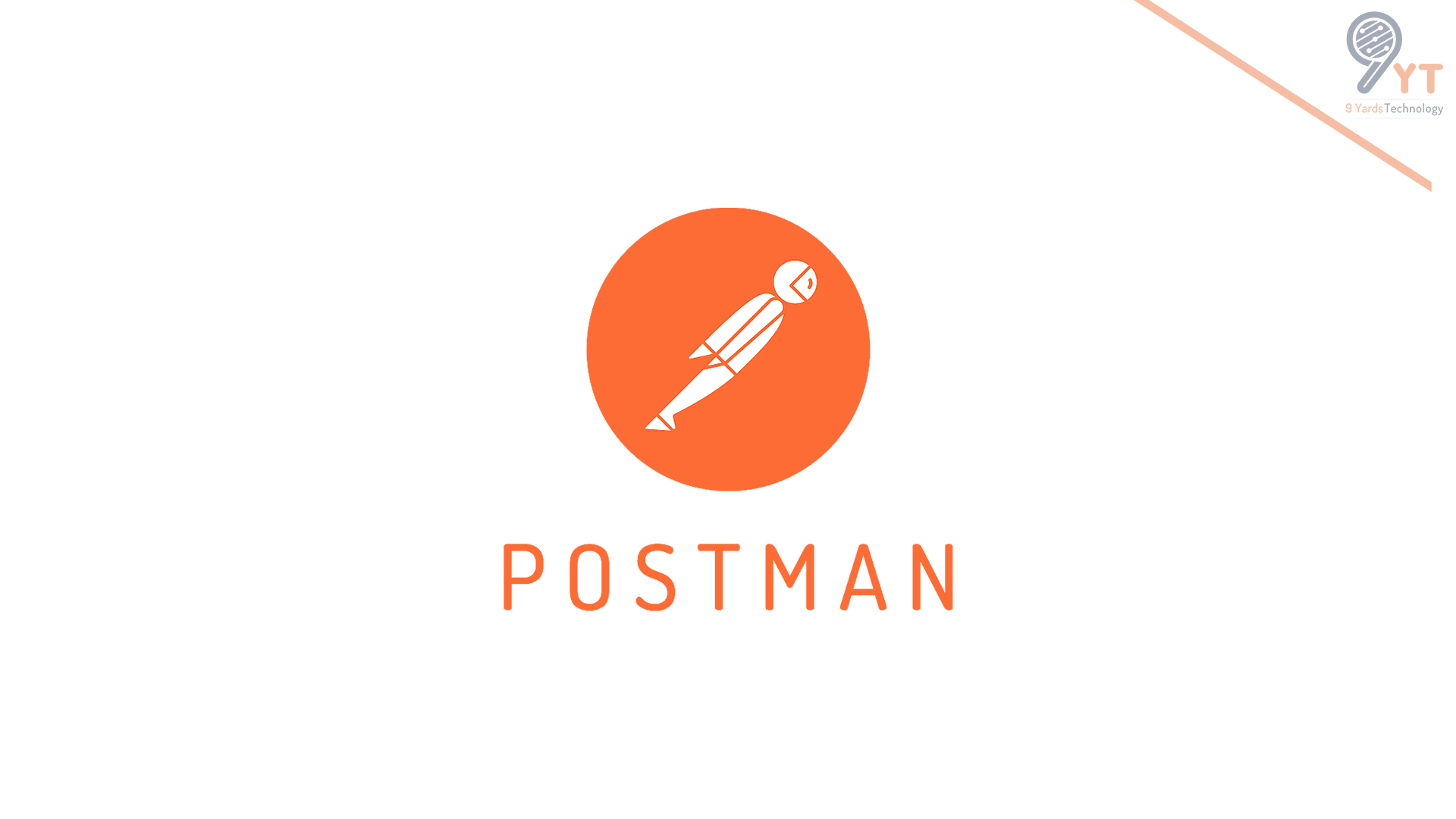
Postman, which started off as a Google Chrome extension, has developed into one of the best API testing tools. Its services now offer native Windows and Mac versions in addition to its primary goal of testing API services. It’s a fantastic choice for manual or exploratory testing in any case. You may use Postman to perform requests, automate tests, debug, and monitor APIs. It’s free, has a ton of features, and users give it great marks.
Features
- Postman does not need the use of a command line and allows the development of Boolean tests.
- The Postman interface may be used to extract API data.
- This platform includes built-in tools that help you communicate with an API, collections that let you conduct queries, automate tests,
- troubleshoot problems, and monitor APIs, and workspaces for teamwork.
- For creating APIs, Swagger and RAML (RESTful API Modeling Language) formats are available.
- A user-friendly REST client.
SoapUI
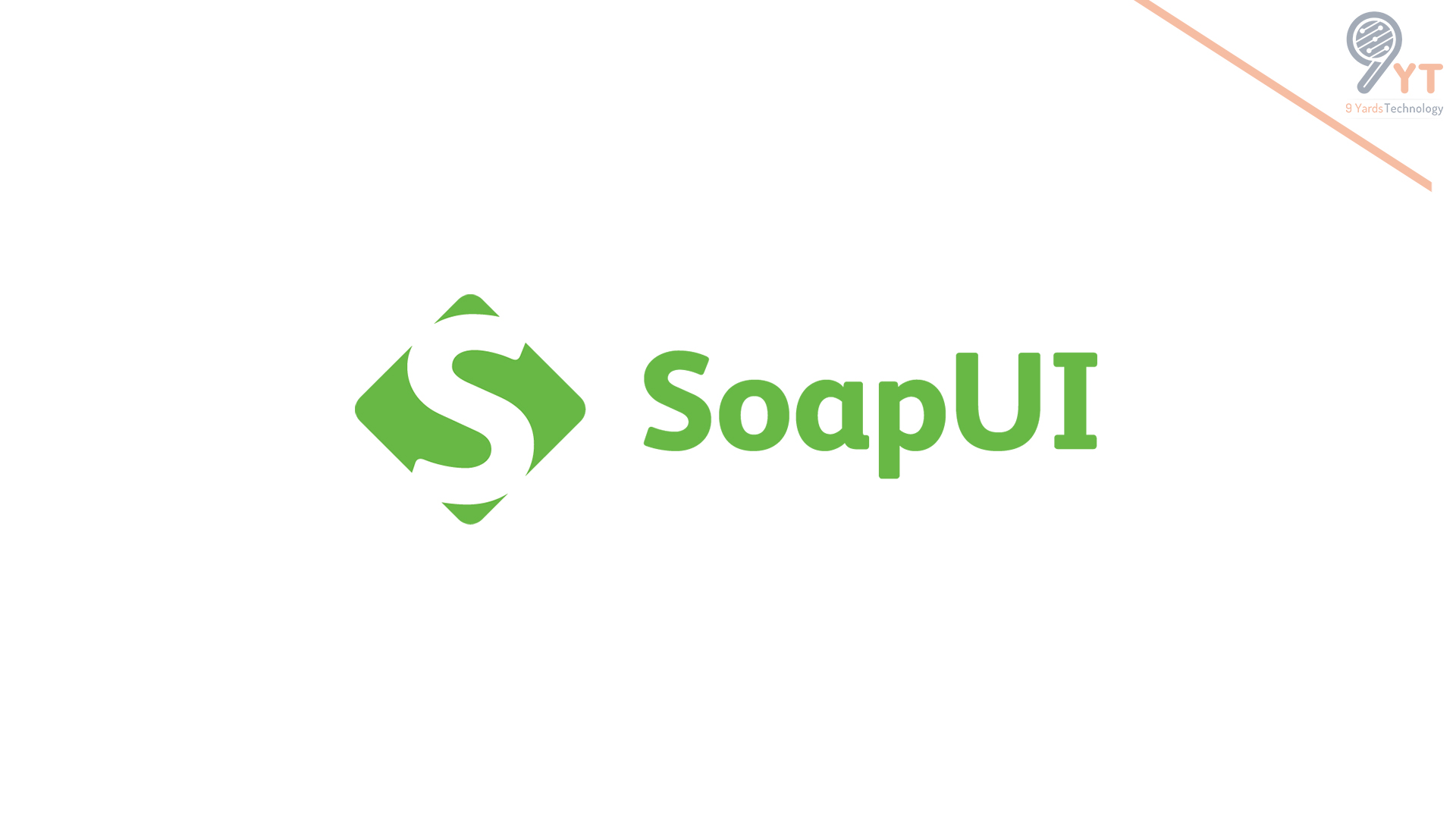
The world’s best tool for SOAP and REST testing is SoapUI, and it is a functional testing tool. It functions essentially as a headless API testing tool. With SoapUI’s user-friendly graphical interface and enterprise-class functionality, you can quickly and simply develop and perform automated functional, regression, and load tests. SOAPUI supports a number of protocols and technologies to test various API types. Both technical users and non-techies may utilize the SOAPUI interface with ease since it is simple to understand.
Features
- It streamlines complicated activities (such as dealing with JSON and XML) and builds tests quickly thanks to its point-and-click and drag-and-drop capability.
- Data loaded from Excel, files, and databases allows you to simulate how users interact with your APIs.
- Through the free package, the user has access to SoapUI’s whole source code.
- Effective data-driven testing because it imports data from databases, excel spreadsheets, and files to mimic users’ API interactions.
- Data-driven testing is supported by SoapUI.
- Numerous more protocols are supported, including SOAP, JMS (Java Messaging Protocol), REST (Representational State Transfer), JDBC (Java Database Connectivity), and SOAP (Simple Object Access Protocol).
Tricentis Tosca

Tricentis Tosca makes it simple to integrate continuous testing into Agile and DevOps. It is a tool for testing software that supports several protocols, including HTTP (Hypertext Transfer Protocol), AMQP (Advanced Message Queuing Protocol), and SOAP (Simple Object Access Protocol). This method uses a variety of software testing techniques, including test case creation, automation, data production, and analytics, to examine GUIs and APIs from a commercial standpoint. It offers complete test case capability to guarantee a successful test management procedure. It allows you to automate your tests from beginning to end without writing any code.
Features
- Through model-based test automation, reuse is increased and scrip maintenance is made simpler.
- Allows API testing across mobile, cross-browser, and bundled apps, providing end-to-end testing.
- Makes certain that regression testing is finished quickly and effectively.
- Test managers may execute manual testing with this tool without having to build up Tosca setups.
- Using modern technologies it permits the deployment of sustainable automation.
Apigee
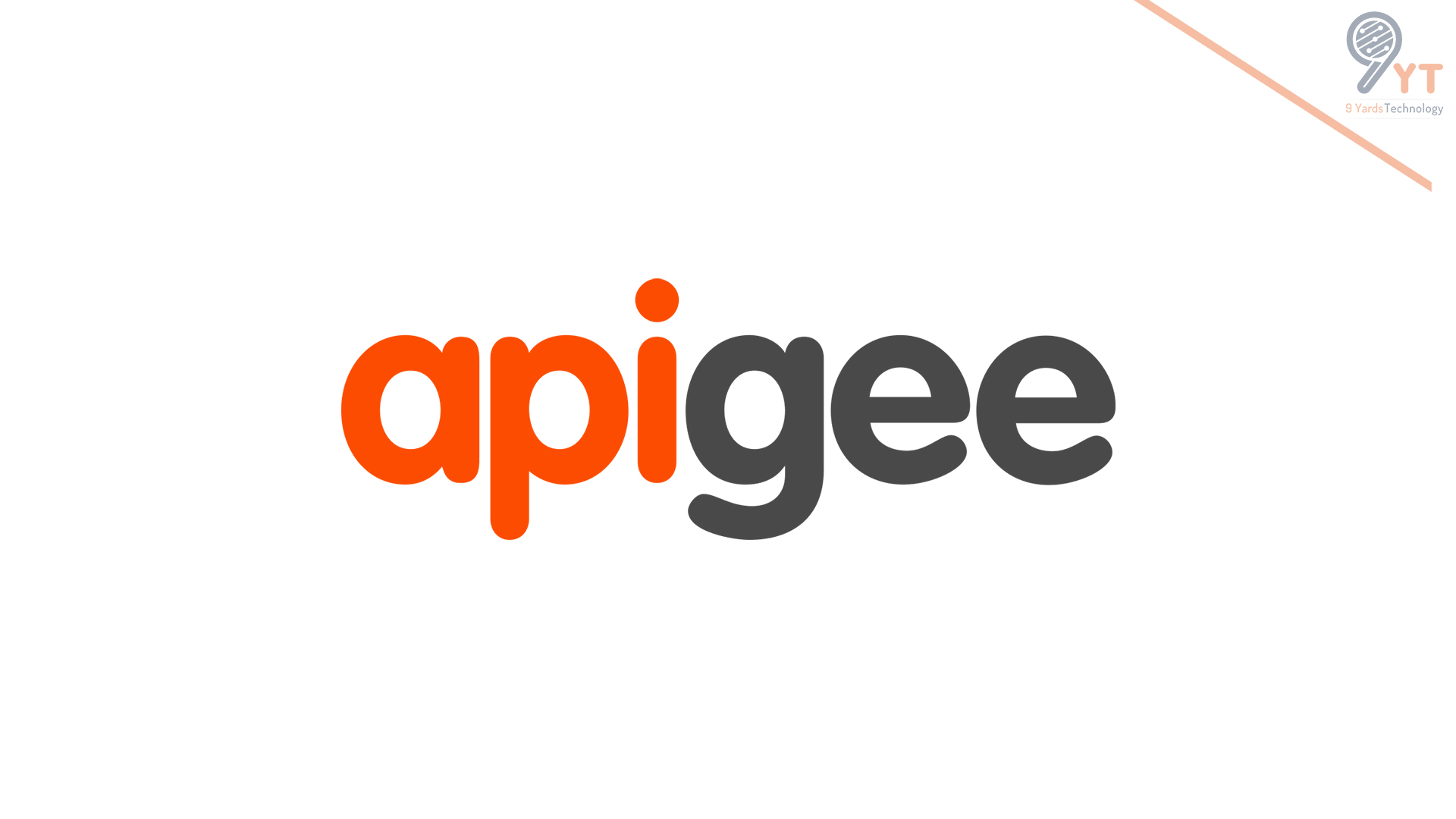
Google provides Apigee, a cross-cloud API development and management platform. Users of Apigee may access its functionalities using other editors like Swagger. Users may measure, test, create, and support APIs using Swagger. To provide customers even more freedom when managing their APIs, it also includes capabilities including TLS (Transport Layer Security) security, Open API 3.0 compatibility, enhancements to virtual host administration, and additional software support. The tool facilitates setting up payment gateways, reporting, revenue models, API packages, and interfaces with developer portals.
Features
- Monitoring API use, error rates, and response times will help you find performance issues.
- Enables the development and deployment of Open API Specification-compliant API proxies in the cloud.
- A hybrid deployment model may be employed, either on-premises (in a private cloud) or on the cloud.
- The developer portal may be customized, and Node.js is supported.
- Apigee is capable of managing APIs with a lot of data.
Apache JMeter
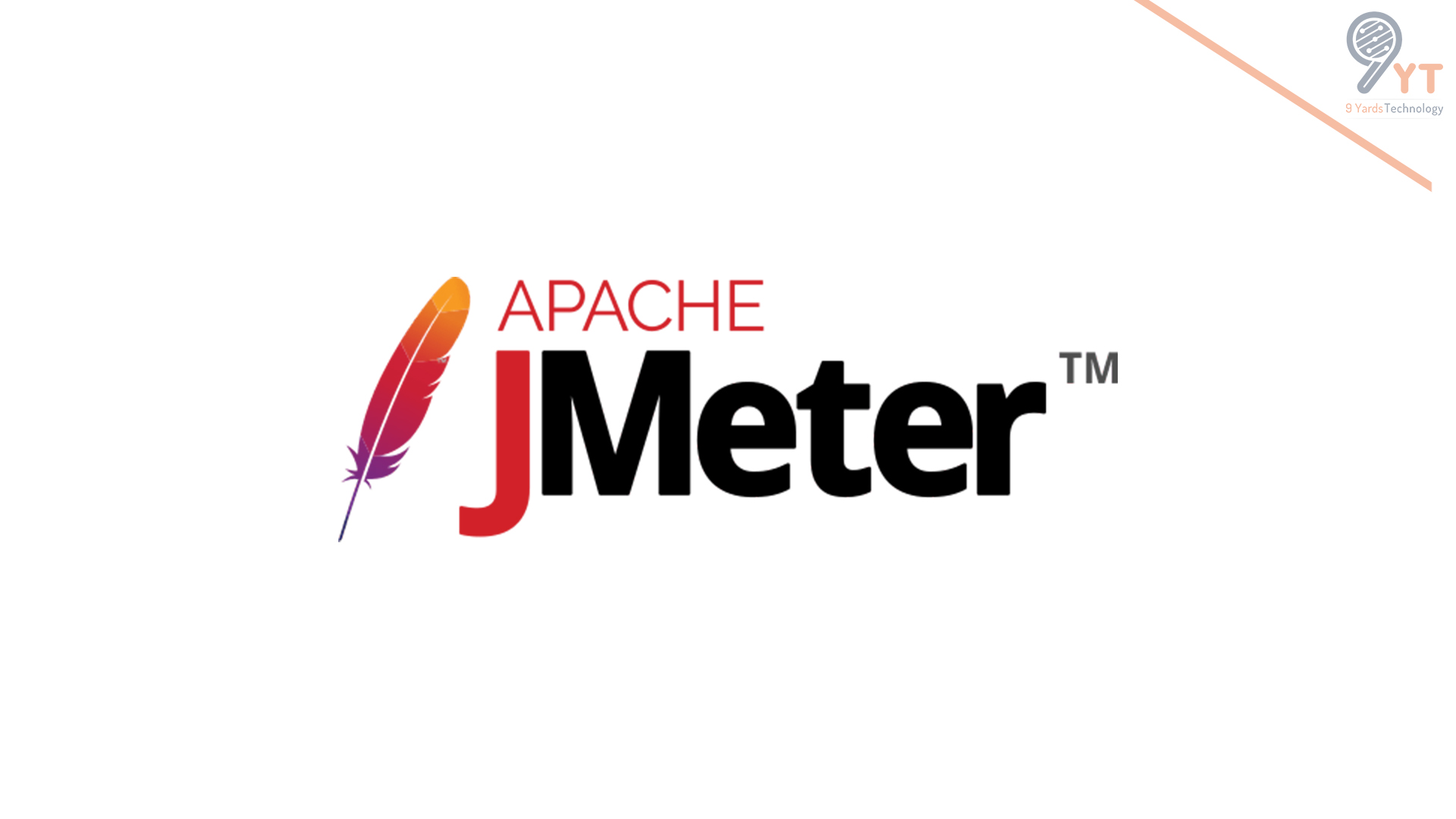
Apache’s JMeter is an open-source tool for evaluating and testing the functionality of software programs, goods, and services. This tool’s original purpose was load testing, but it’s now widely used for testing functional APIs. The procedure may be improved with more tools and a multitude of API testing capabilities. To test JDBC database connections, you may use this tool as a unit-testing tool. JMeter version 5.4, which includes bug fixes and core improvements, was published in December 2020.
Features
- Users may integrate API tests into CI workflows by connecting JMeter with Jenkins.
- The tool is quite versatile and may be altered by testers to suit their needs.
- It may be used to measure performance with both dynamic and static resources.
- It’s great for working with CSV files and enables testing teams to build custom parameter values.
- It does performance and load tests on a range of server types.
Rest – Assured

If you want to test RESTful services in Java, you should think about using Rest-Assured. Java domain-specific languages are available on this open-source platform, which makes it simpler to test REST services. It is widely used to test apps that are XML- and JSON-based.
Features
- Users don’t need to write new code because of its built-in functionalities.
- For testing and validating a secured API, it provides a variety of authentication options.
- In addition to expressly supporting a few of commands including POST, GET, PUT, DELETE, OPTIONS, and PATCH, it supports all HTTP methods.
- Supports the Serenity automation framework’s smooth integration.
- Given/When/Then test notation is supported, which immediately makes your tests legible by people.
Assertible
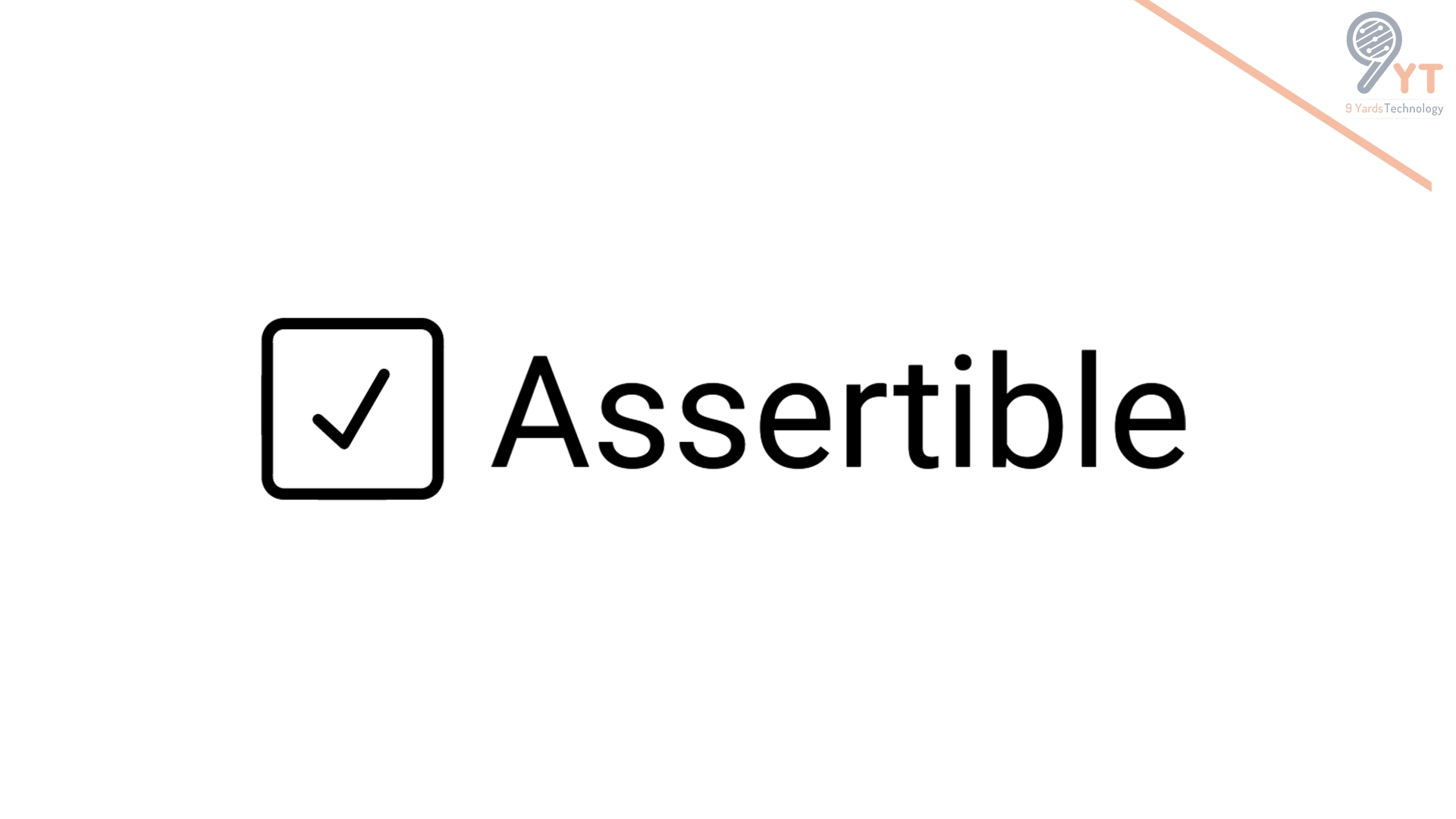
Monitoring API performance and uptime is made simple and dependable with Assertible. Web service testing is ongoing, with an emphasis on automation and dependability. Encrypted variables, a new feature that offers a new alternative for storing tokens, passwords, and secret fields important for API testing, were introduced by Assertible in October 2019. It has long been acknowledged as a trustworthy API utility.
Features
- Assertible automates API tests at every stage, including continuous integration and the delivery pipeline.
- After deployment, API tests may also be run.
- It is possible to integrate with programs like GitHub, Slack, Zapier, etc.
- Support JSON Schema validation and JSON Path integrity checks as well as turn-key assertions for HTTP response validation.
- Users no longer need to manually update their tests after adding new parameters or modifying the API response thanks to the Sync functionality.
- API testing is made simple and effective with Assertible.
Karate DSL

The Karate DSL is a single framework for API automation testing, mocks, load testing, and performance testing. Developing test cases for API-based BDD has never been simple. The step definitions for Karate, on the other hand, have already been developed for developers, so we don’t need to bother about developing them. This Intuit tool was created especially for automated API testing. The ability to program is not required for users to utilize this application. However, it helps to have a basic understanding of HTTP, JSON, XML, XPath, and JsonPath.
Features
- Almost any language that works with HTTP, JSON, or XML may be used to write tests.
- Strong assertion capabilities are provided.
- As well as concurrent multi-threading execution, configuration switching and staging are supported.
- Similar to other Java projects, reporting and testing are available.
- With this tool, users may reuse user-defined functions and payload data between tests.
- It is not necessary to know programming to utilize this tool.
Swagger

Users may start evaluating functionality, security, and performance with Swagger, a web-based API testing tool, directly from the open API specification. Swiftly generating, maintaining, and performing API tests is made easier with Swagger tools and the Ready API platform. This tool helps you through each and every stage of the API lifecycle.
Features
- You may examine API response requests using Swagger Inspector to make sure they function as expected.
- Import the user’s API definitions to verify schema rules.
- Automatically producing assertions against endpoints and inserting fake data into parameters.
- creating intricate load scenarios to evaluate the performance of APIs.
- All service types, including REST, SOAP, and GraphQL, should be supported.
Wrapping Up!
As software development teams grow more technologically minded, API Testing has established a trend for automation testing. To satisfy these demands, further tools will be created in future. The importance of adopting a toolset that satisfies a company’s demands and increases income cannot be overstated, despite the challenge of finding a tool that can do all tasks. Before choosing an API Testing tool, consider which capabilities are essential for your software development workflows and how each tool may be better suited for particular uses.



